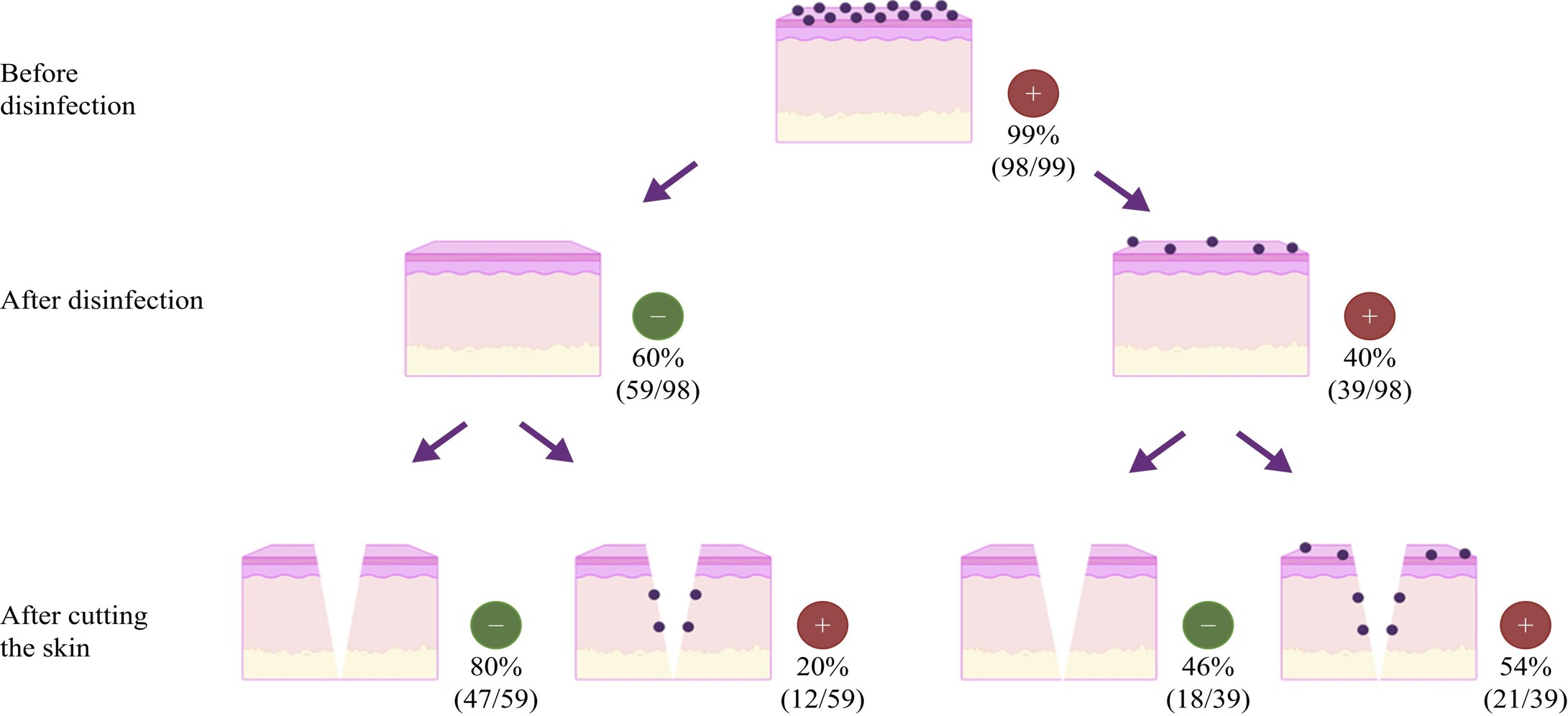The Intradermal Delivery Route
INTRADERMAL DELIVERY

The Nanoneedle
The administration of local anesthetic can be uncomfortable and a source of anxiety. The alternative is to give intravenous sedation, which is costly, involves a higher risk, and is not appropriate in a clinical setting. Physicians and patients desire the smallest needle diameter possible. Clinical tests have confirmed that the smaller the needle, the less pain is perceived.
The nanoneedle is unique in its design. Ideal for intradermal delivery, it has the outside diameter of a standard 30-gauge needle but a wider inside diameter. This is made possible by ultra-thin-walled technology. The wider lumen allows for the deposit of antibiotics without undue force being applied to the syringe. With the nanoneedle, antibiotics can be delivered efficiently while minimizing patient discomfort. We have adapted this unique needle technology for all our platforms.
Intradermal injections are but one form of cutaneous delivery. Our novel delivery method involves administering the antibiotic by a 30-gauge needle specifically designed for intradermal injections at a 15° angle. The antibiotic should be placed in the upper and mid dermis. This is contrary to what many healthcare personnel have been taught. The resident bacteria that can contribute to surgical infections resides in the dermal layer of the cutaneous surface.
Surgical scrubbing
Surgical scrubbing will not eradicate intradermal bacteria.
Preoperative surgical scrubbing is the accepted global standard for eliminating surface bacteria. The surgical preparation/scrubbing technique has been refined and tested in the operatory theater. When done correctly, surface bacteria will be eradicated from both the surgical site as well as the hands and extremities of the surgical team. A sterile environment is crucial to minimize surgical site infections.
Intradermal Bacteria as Pathogens for Surgical Site Infections
Despite the advances in surgical scrubs, Guarch-Perez’s landmark work has demonstrated that intradermal bacteria will not be eradicated, leaving a potential source of infection. His research indicates that bacteria may be cultured from the skin’s intradermal and upper subcutaneous layers.
The implication of this research points to the need to eradicate both surface bacteria and bacteria that exists below the epidermis. Cutaneous preoperative disinfection by surgical scrubbing does not entirely mitigate infection. Bacteria can be released into the skin or surgical equipment from the intradermal space.

A New Paradigm to Prevent Surgical Site Infections
When antibiotics are injected directly into that intradermal space, the resident bacteria become targeted and cannot proliferate following surgery. For maximum surgical antibiotic prophylaxis, this intradermal antibiotic must be administered during the ‘golden hour ‘immediately before surgery. Beyond this time, microbes are more likely to adopt a biofilm phenotype with the fibrin matrix and are less susceptible to antibiotics.
30 to 60 times greater amount of free unbound antibiotic
The Binary Pharmaceuticals platform involves placing a micro dose of antibiotic directly into the surgical site. Despite the small volume of antibiotics delivered, the dermal interstitial antimicrobial tissue levels are 30 to 60 times greater in the dermal interstitial space compared to when given using standard systemic delivery routes.
Minimizing Toxicities
The antibiotic toxicities are minimized, and the efficacy of the antibiotic of choice is maximized.
Binary Pharmaceuticals develops accessible and affordable antibiotic delivery platforms in the interest of public health.
